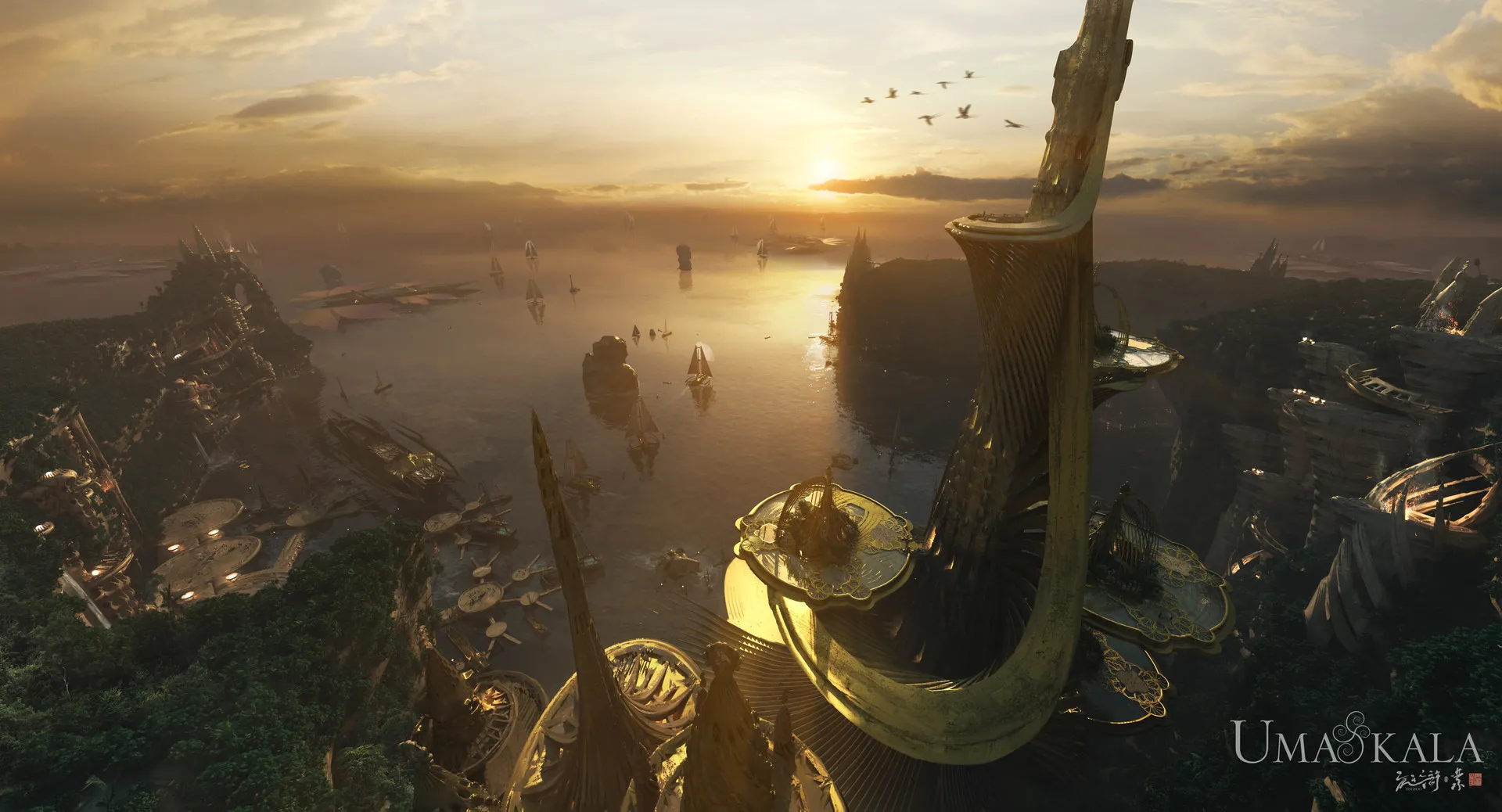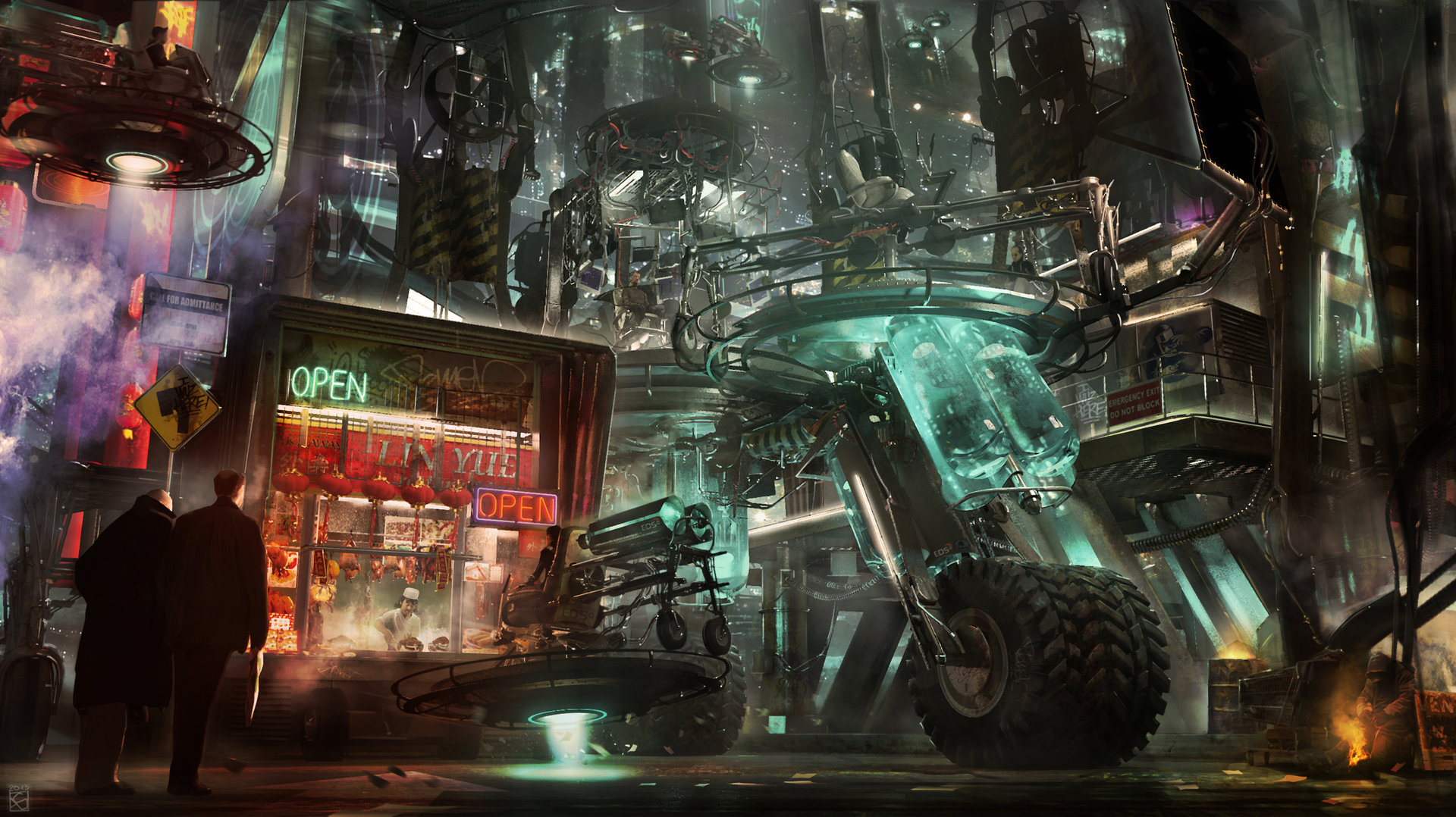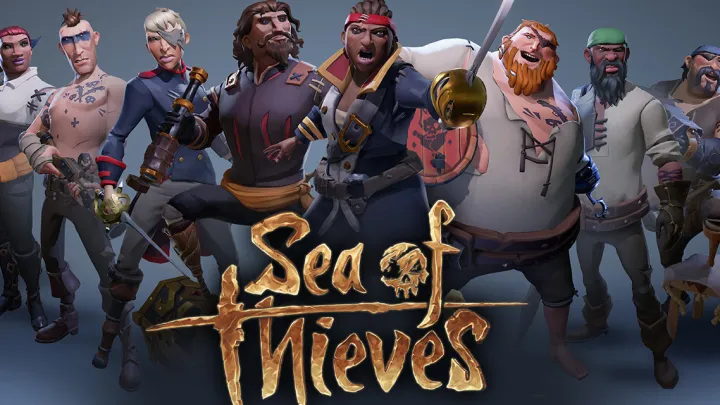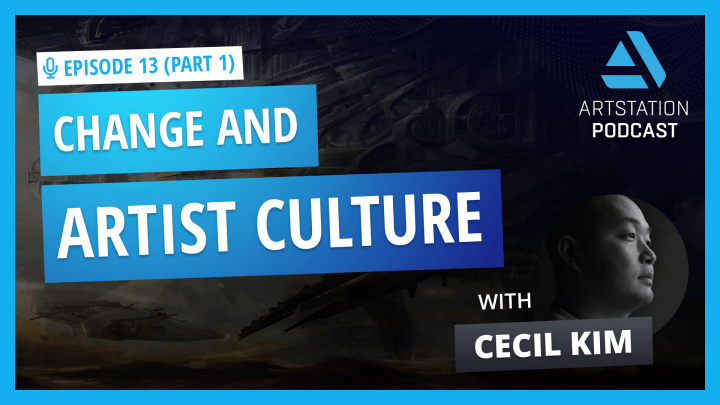
Armando Savoia is a freelance concept artist and art director for film based in Rome, Italy. His international credits include Romeo & Juliet (2013), Ben-Hur (2016), Avengers: Age of Ultron and Zoolander 2.
In this interview, he talks about his recent projects, working in the film industry and crafting a portfolio that tells a story.
Check out Armando’s ArtStation-powered portfolio website.
“I created my site with Artstation Pro about two years ago and I like it a lot. It reflects the malleability of the portal. It is user friendly, quick to learn and something which should not be underestimated at all.
My favorite feature is the portfolio layout with its side-by-side square boxes. It creates the effect of a single large abstract image. I feel it has become a contemporary classic and a modern, democratic icon that brings all artists together. I couldn’t help but keep it as my portfolio layout.”
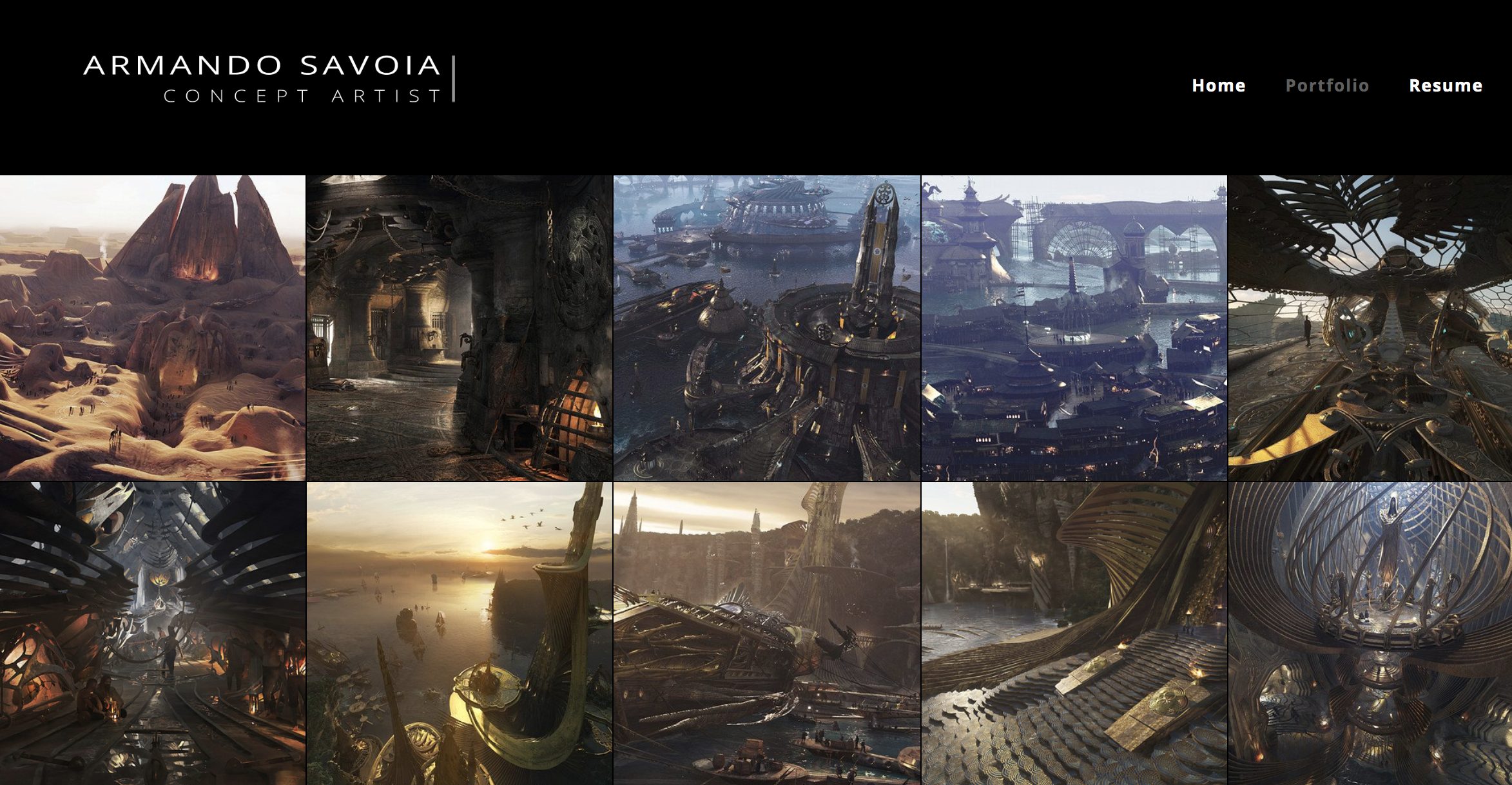 How did you get your first job in the film industry?
How did you get your first job in the film industry?
After I finished the Fine Arts Academy, I worked for a short period of time for theater and small film productions. I had the chance to meet a set designer who one day offered me the chance to participate in the film U571 at Cinecittà Studios in Rome as one of the set dressing staff. It was a very fun experience to participate, even in a marginal way, in the construction of two completely sectionable and moving submarines.
Tell us about one of your most exciting projects.
A project I’ve been working on is the Umakala series. It’s a Chinese project I’ve been working on since the pre-production stage, which means making exploratory concepts to define an original and completely imaginative world.
The film director recruited me through ArtStation and asked me to help him create a parallel world with a brand new language and codes. He told me he didn’t want it to a sci-fibe or a fantasy film so that was quite a challenge. I started working on the first cities and providing dozens of tests. I created weird architectures that mixed up different styles and sometimes unlikely combinations. It was lots of fun.
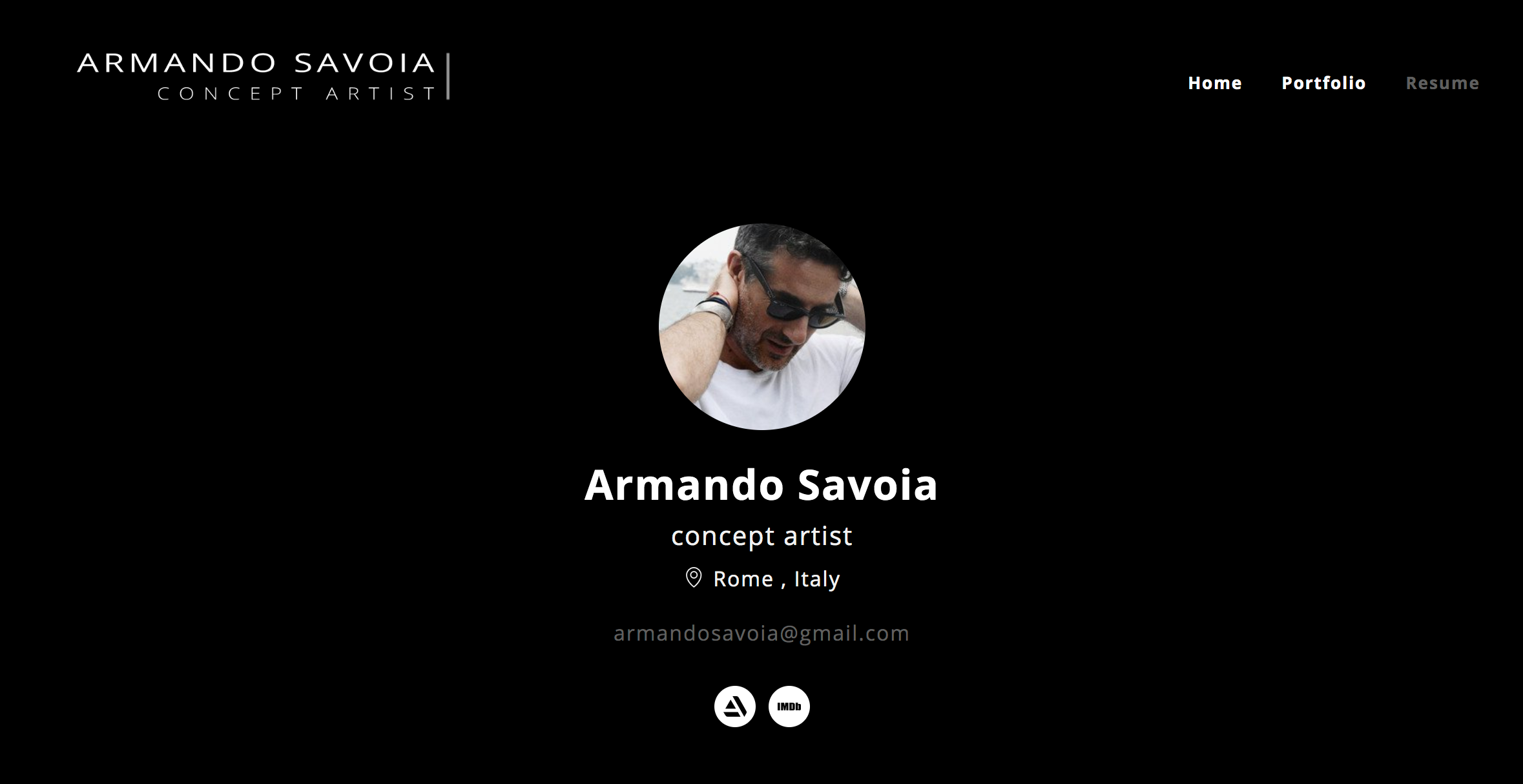 What do you think makes a strong portfolio?
What do you think makes a strong portfolio?
First of all, I think that a portfolio should make sense, communicate, and tell a story. Make a careful and honest selection of the best images. Images that are not useful for the story telling you have in mind should not be included. I believe that a portfolio should follow some logic (whatever it is) and tell a meaningful story. This must be reflected in its layout.
In my opinion, this approach applies to both the entire portfolio and to the publication of a single work. Most times, the works I publish are not just made of a single image but a set of different images that can better describe an environment. In the end, it should be useful to the film director or to the entire production.
What advice do you have for aspiring concept artists hoping to work in film one day?
My main advice is to work very hard. The film industry requires a great deal of expertise and devotion. Self respect is crucial and helps develop abilities and attitudes. Once you have made up your mind about the path you want to take, just do it. However, never be afraid to change it on the run if you are not satisfied or happy with it. In other words, never give up on your dreams!
 How did you get your first job in the film industry?
How did you get your first job in the film industry? What do you think makes a strong portfolio?
What do you think makes a strong portfolio?
